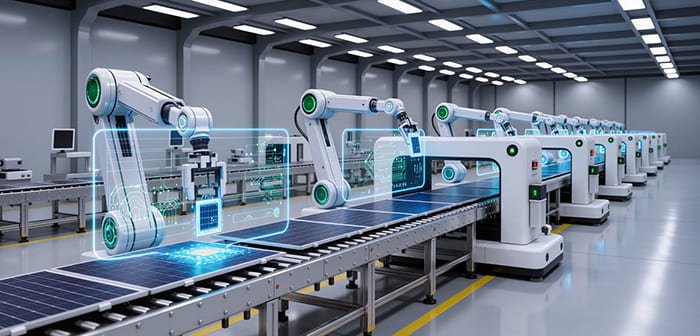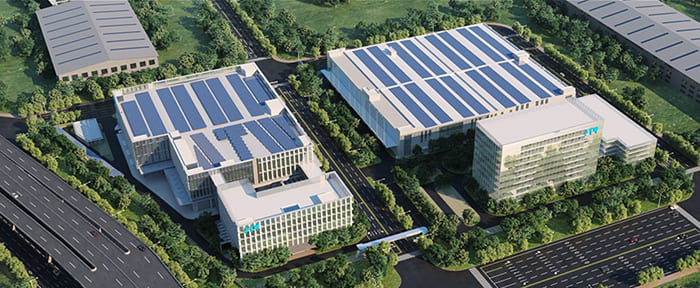- Home
-
Beyond Price: 4 Key Metrics You Should Focus On When Purchasing PV EquipmentOCT. 19, 2025
In designing new photovoltaic (PV) production lines or improving existing ones, equipment selection is among the most critical and difficult matters. Many procurement managers start with the pricing aspect, as price is often the major determinant for most managers. However, focusing only on price opens the door for unrecognized inefficiencies, decreased productivity, and added more expense overtime.
In reality, the decision-maker in question should be asking: Does this equipment enhance the efficiency, stability, and readiness of my production line? Aside from price, there are four critical dimension that need to be addressed: Performance, compatibility, reliability, and scalability.
1. Performance and Yield: the First Measure of Value
A lower speed and unstable yield stringer is most likely to lower the productivity of an organization. Over time, the production gap could become a significant competitive disadvantage.
High-performance equipment provides: Increased Productivity: Faster printing, soldering, or inspection permits more products produced in a single hour.
Stable Yield: Detection equipment can eliminate micro-cracks and defects and lower the amount of discarded and reworked items.
Superior Process Precision: Consistent and determined passivation, lamination and firing provides assurance of the overall efficiency of the module.
Any new line defines the boundaries of competition. That is precisely why performance and yield are vital KPIs.
2. Compatibility: Preparing for Tomorrow’s Technologies
The PV industry evolves rapidly: PERC cells may soon be replaced by TOPCon, HJT, or BC structures. Equipment that is too narrowly tailored risks becoming obsolete.
Procurement managers should ask:
Can it handle thinner wafers and larger formats?
Does it support multiple soldering or printing processes?
Will it adapt smoothly when transitioning to N-type or advanced cells?
Future-proof equipment acts as "technology insurance,” ensuring your line remains relevant and competitive.
3. Reliability and Service: Reducing the Hidden Losses
Low-cost equipment may look attractive, but frequent breakdowns and unplanned downtime can quickly outweigh the savings.
Consider:
Market validation: Is the system already proven by Tier-1 manufacturers?
Service and support: Does the vendor offer rapid local response, spare parts, and remote diagnostics?
Quality systems: ISO certifications and long-term testing records speak to reliability.
For any manufacturer, reliability isn’t an add-on — it’s the baseline for consistent delivery.
4. Scalability and Smart Manufacturing Integration
Modern PV factories are not just collections of machines — they are interconnected ecosystems. Scalability and digital readiness should be top priorities.
Modular design: Expand production easily as demand grows.
Automation compatibility: Seamless connection with AGVs, MES, or AI-driven quality monitoring.
Data-driven operations: Real-time monitoring, defect traceability, and predictive maintenance to lower risks.
Equipment that grows with your business ensures long-term competitiveness.

Why Autowell?
As a global leader in intelligent PV equipment, Autowell (ATW) understands the real-world concerns of procurement managers. We deliver not just machines, but comprehensive, future-ready solutions:
High performance: Flagship products such as multi-busbar stringers, wafer inspection systems, and module laminators are trusted worldwide.
Future-ready: Full support for next-generation cell technologies including TOPCon, HJT, and BC,and beyond.
Proven reliability: Adopted by over 600 customers in 40+ countries.
Smart integration: AI analytics, cell-level traceability, and predictive maintenance for efficiency and intelligence.

Equipment purchasing is not a one-time transaction — it’s a long-term investment in competitiveness. Price is only the beginning. Performance, compatibility, reliability, and scalability determine the true return. If you are considering a new line or upgrading your existing one, Autowell is your trusted partner!
Contact us today (https://www.wxautowell.com/) to learn how we can help you build a smarter, more efficient PV factory.



